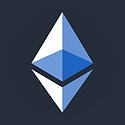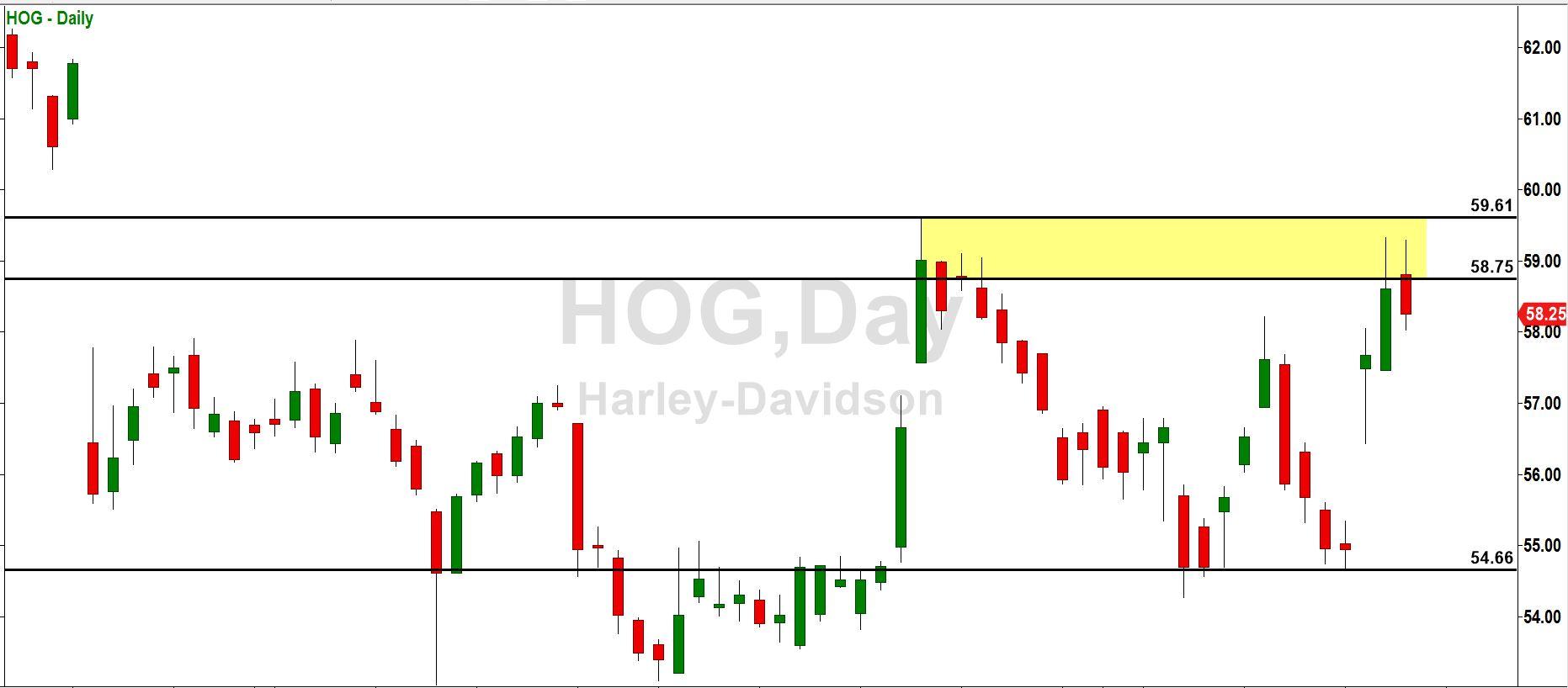Recently I’ve been writing about option spreads. These are trades that involve more than one option component. Our first example was a bull put spread. The main component, or anchor, of that position was a put option on the S&P 500 index that we sold in order to collect money from someone who felt the need for protection. In effect, we insured someone else (the buyer of the put we sold) against an event that we felt would not occur. In this case that was a drop in the stock market of about 10% in a month. Next, to protect ourselves in case a really big market drop did happen, we bought some insurance of our own by purchasing a put option at a lower strike price.
By buying that second component, we offset a great deal of the risk on the trade.
Offsetting something undesirable about an option position is the rationale for all option spreads.
In another situation, we might buy put options if we felt that a stock would drop. Buying the put options instead of selling the stock short would allow us to profit if the anticipated drop occurred. But by using puts, our risk would be limited to the amount paid for the puts (rather than unlimited, as it would be if we sold the stock short).
In this situation, we could improve our position even further by adding an offset unit and turning this position into a spread.
Let’s look at the chart of Harley Davidson (HOG) as of July 23, 2015:
HOG had been in a downtrend for all of 2015. At $58.75, it had recently staged a rally into a supply zone and had a good chance of failing and dropping back to at least the previous low at $54.66.
There were put options available at the $60 strike price, expiring in November 2015, for about $4.25 per share. If HOG did drop down to $54.66 and it took a month or so to do it, those puts would increase in value to about $6.43 per share. This estimate comes from an option analysis program – it can’t be calculated by hand because it would take so long to do it that the options would have already expired. Options analysis tools come with most brokers’ option trading platforms.
If those puts did go up to $6.43 from the current $4.25, that $2.18 profit would represent a 51% return on investment in one month on a drop in the stock of just 7%.
Our plan would be to sell the options at a small loss if HOG surprised us and went up past its recent high at $ 59.61. In that case, the options would drop to around $3.38, a loss of $.89 per share. Again, this estimate pops out of our options analysis software. Since most analysis programs use the same formulas to calculate option prices, all would give about the same answer.
So, for each option contract covering 100 shares we’d have to lay out $425 in cash. We’d then look either for a $218 profit if HOG dropped to our target; or an $89 loss if it rallied through our stop-loss price, assuming that either eventuality happened within a month.
This is not bad, although the reward-to-risk ratio could be better. So far it was $218 / $89, or 2.4 to 1.
This trade could benefit from being turned into a spread. November puts at the $55 strike could be sold for $1.95. That sale would reduce our net cost from $425 to $230. The new combination would have a smaller loss in case we were stopped out with HOG at our $59.61 stop-loss price. The loss would now be just $33 because the $89 drop in value of our long puts would be largely offset by a $56 drop in our short puts (putting that $56 back into our pocket).
Our maximum gain with HOG at the $54.61 target would also be reduced. Although our long $60 puts would still have increased by $218, to $643 from $425; our short 55 puts would also have increased in value, from $195 to $321, an increase of $126. All in, the spread would make $218 on the long puts and give back $126 on the short puts for a net gain at the target of $92.
When all was said and done the box score was:
Puts alone: reward-to-risk ratio = $218 / $89 = 2.4
Put spread: reward-to-risk ratio = $92 / $33 = 2.8
The put spread paid better in reward-to-risk terms.
It follows that it would also pay better in absolute dollar terms, for a given number of dollars at risk. If we were willing to risk about $1,000 on either of these trades, then we would size our positions accordingly.
For the puts alone, $1,000 total risk divided by $89 risk per contract would allow for a position size of 11 contracts. If these paid off at $218 each, then the total profit would be 11 * $218 = $2398.
For the put spread, $1,000 total risk divided by $33 risk per contract would allow for a position size of 30 contracts. If these paid off at $92 each, then the total profit would be 30 * $92 = $2760.
Once again, by combining options we could end up with a trade that squeezed more profit out of a given amount of stock movement. It takes a bit more work than just hitting the Buy and Sell buttons, but the payoff is well worth it. If you have an analytical mind set, like an engineer, accountant or programmer, then consider educating yourself on options. I know that you will find it rewarding.
This content is intended to provide educational information only. This information should not be construed as individual or customized legal, tax, financial or investment services. As each individual's situation is unique, a qualified professional should be consulted before making legal, tax, financial and investment decisions. The educational information provided in this article does not comprise any course or a part of any course that may be used as an educational credit for any certification purpose and will not prepare any User to be accredited for any licenses in any industry and will not prepare any User to get a job. Reproduced by permission from OTAcademy.com click here for Terms of Use: https://www.otacademy.com/about/terms
Editors’ Picks
AUD/USD post moderate gains on solid US data, weak Aussie PMI

The Australian Dollar registered solid gains of 0.65% against the US Dollar on Thursday, courtesy of an upbeat market mood amid solid economic data from the United States. However, the Federal Reserve’s latest monetary policy decision is still weighing on the Greenback. The AUD/USD trades at 0.6567.
EUR/USD recovers to top end of consolidation ahead of Friday’s US NFP

EUR/USD drove back to the top end of recent consolidation on Thursday, recovering chart territory north of the 1.0700 handle as market risk appetite regains balance heading into another US Nonfarm Payrolls Friday.
Gold recoils on hawkish Fed moves, unfazed by dropping yields and softer US Dollar

Gold price clings to the $2,300 figure in the mid-North American session on Thursday amid an upbeat market sentiment, falling US Treasury yields, and a softer US Dollar. Traders are still digesting Wednesday’s Federal Reserve decision to hold rates unchanged.
Ethereum may sustain trading inside key range, ETH ETFs to be delayed until 2025

Ethereum is beginning to show signs of recovery on Thursday despite a second consecutive day of poor performance in Hong Kong's spot Ethereum ETFs. Bloomberg analyst James Seyffart has also shared that a spot Ethereum ETF may not happen in the US in 2024.
NFP: The ultimate litmus test for doves vs. hawks

US Nonfarm Payrolls will undoubtedly be the focal point of upcoming data releases. The estimated figure stands at 241k, notably lower than the robust 303k reported in the previous release and below all other readings recorded this year.
RECOMMENDED LESSONS
Making money in forex is easy if you know how the bankers trade!
Discover how to make money in forex is easy if you know how the bankers trade!
5 Forex News Events You Need To Know
In the fast moving world of currency markets, it is extremely important for new traders to know the list of important forex news...
Top 10 Chart Patterns Every Trader Should Know
Chart patterns are one of the most effective trading tools for a trader. They are pure price-action, and form on the basis of underlying buying and...
7 Ways to Avoid Forex Scams
The forex industry is recently seeing more and more scams. Here are 7 ways to avoid losing your money in such scams: Forex scams are becoming frequent. Michael Greenberg reports on luxurious expenses, including a submarine bought from the money taken from forex traders. Here’s another report of a forex fraud. So, how can we avoid falling in such forex scams?
What Are the 10 Fatal Mistakes Traders Make
Trading is exciting. Trading is hard. Trading is extremely hard. Some say that it takes more than 10,000 hours to master. Others believe that trading is the way to quick riches. They might be both wrong. What is important to know that no matter how experienced you are, mistakes will be part of the trading process.


